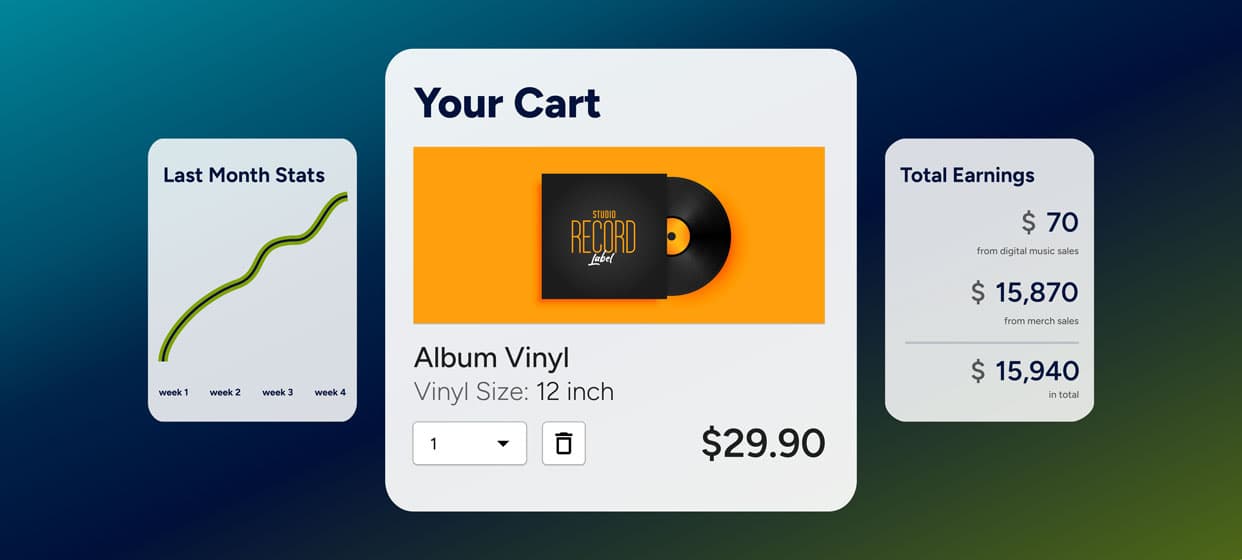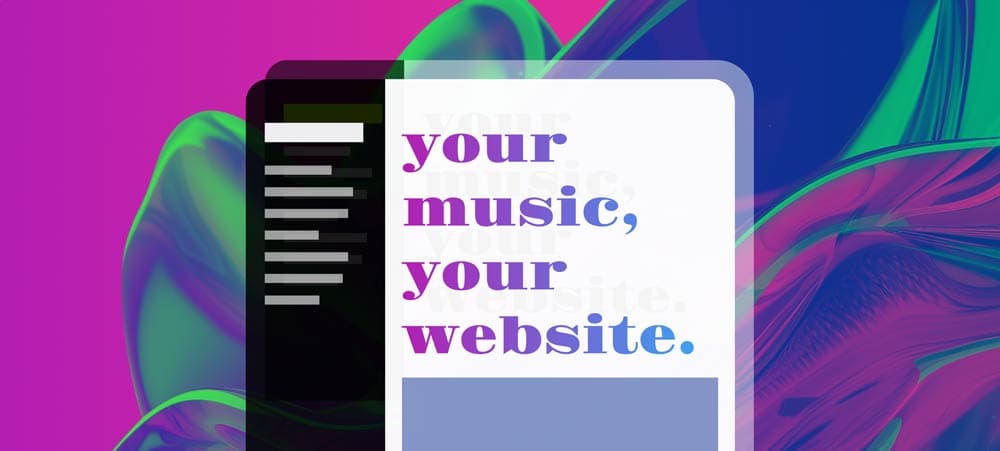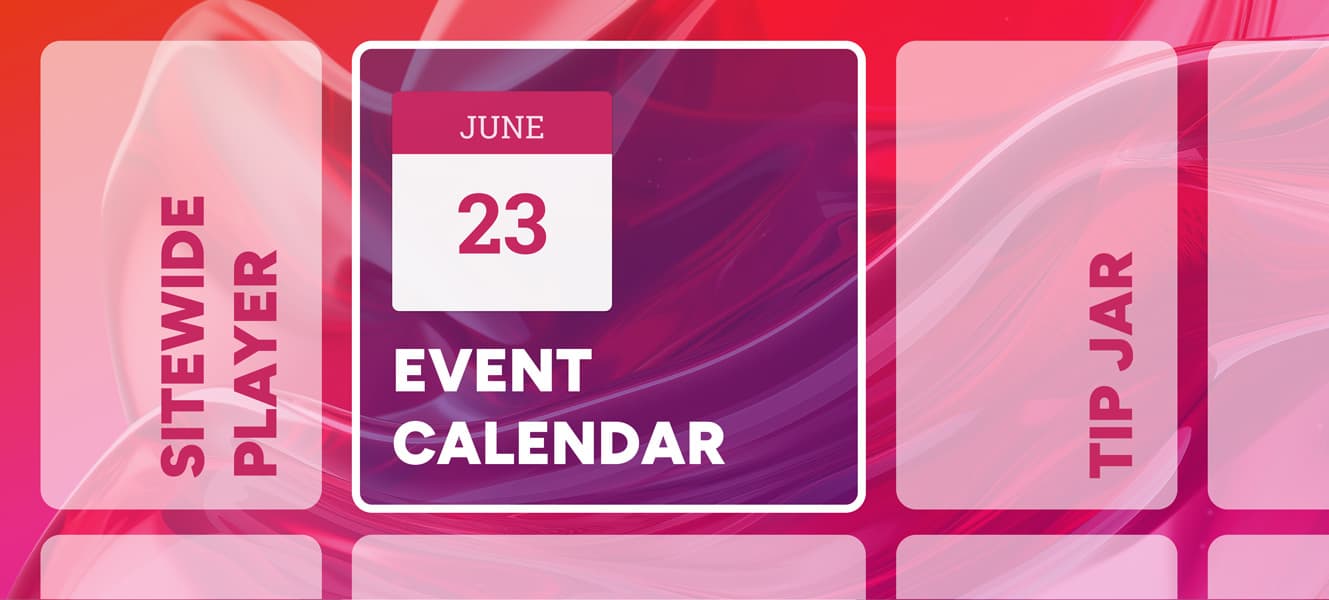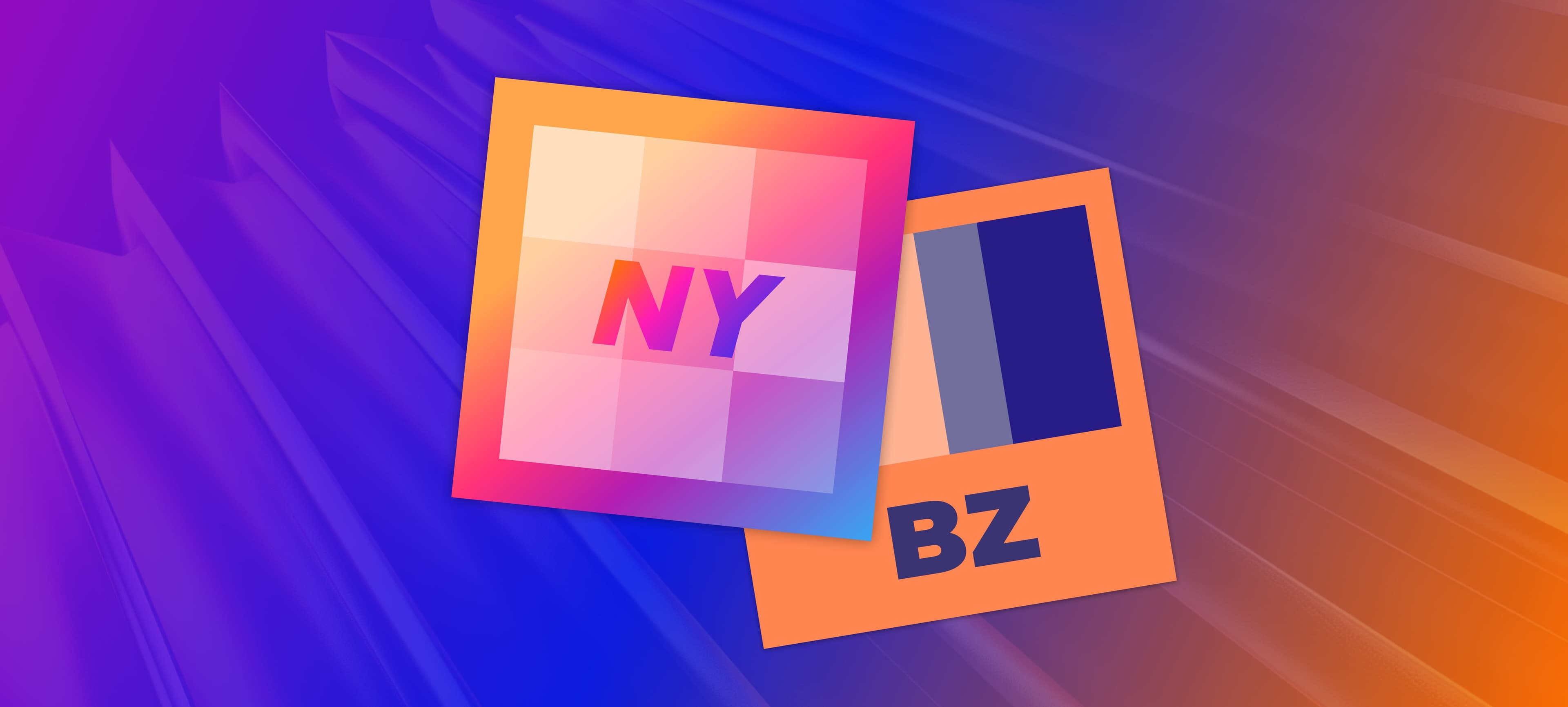BACK TO BLOG
How to get your music on playlists: A step-by-step guide for musicians
![[object Object]: a blue, green, and orange square with a music player on it](/_next/image?url=https%3A%2F%2Fnoiseyard.nyc3.cdn.digitaloceanspaces.com%2Fnoiseyard%2Fuploaded-images%2Fuploadedimage1703251697405654.jpg&w=3840&q=100)
Getting your music on Spotify playlists, Apple Music playlists, and other streaming platform playlists is one of the best ways to increase streams, grow your fanbase, and gain exposure.
Playlists can introduce your tracks to new listeners who may become long-term fans. But how do you get on these coveted playlists? Let’s break it down.
Why Playlists Matter for Musicians and Music Promotion?
Playlists are a huge part of music discovery today. When your song is featured on a popular playlist, it can rack up streams and help your track get pushed by streaming platform algorithms. Being on multiple playlists also helps with credibility and social proof, making it easier to get booked for gigs or noticed by labels.
If you’re serious about growing your music career, playlists should be part of your strategy. Another key element? Having a professional musician website where you showcase your work, like Noiseyard. A website makes you look more official when reaching out to curators and can also serve as a hub where playlist curators can check out your entire catalog, press materials, and links to your music. Learn more about why every musician, band and DJ needs a website.

Looking for other ways to promote your music? Learn more about ways to promote your music as an independent artist.
Types of Playlists and How They Affect Your Music Career
Before submitting your music, it’s important to know the types of playlists available:
- Editorial Playlists
Curated by Spotify, Apple Music, and other streaming platform editors. These are highly competitive but can give your music massive exposure.
- Algorithmic Playlists
Playlists generated based on user listening behavior, such as Spotify’s Discover Weekly and Release Radar.

- User Curated Playlists
Created by regular users, influencers, bloggers, or brands. These can range from small niche lists to major playlists with thousands of followers.
- Genre Specific Playlists
These focus on particular styles of music, like EDM, rock, or lo-fi beats, making them ideal for targeted discovery.
- Mood Based Playlists
Many users search for playlists based on moods, such as “chill vibes,” “workout anthems,” or “focus music.” Getting your song on one of these can help it gain passive streams from users who just let playlists play in the background.
How to Get Your Music on Spotify Playlists and Other Streaming Playlists?
1. Distribute Your Music and Optimize Metadata
Before you can submit your song to playlists, it must be available on streaming services. Use platforms like DistroKid, TuneCore, or CD Baby to distribute your tracks. Proper metadata, including song title, genre, and artist name, ensures that your music appears correctly on search results.

2. Submit to Spotify Editorial Playlists (For Free)
Spotify allows artists to submit unreleased songs for consideration through Spotify for Artists:
Log in to Spotify for Artists
Go to the Music tab and select Upcoming
Click Submit a Song and provide detailed information about your track
Describe the song’s vibe, instruments, and mood to help curators find a good fit
Submitting early (ideally 3-4 weeks before release) improves your chances of selection.
This doesn’t guarantee placement, but it’s 100% free and can lead to being added to algorithmic playlists like Release Radar and Discover Weekly, even if you don’t get an editorial spot.
3. Focus on Algorithmic Playlists Like Discover Weekly
Boosting engagement signals to Spotify’s algorithm that your track is worth promoting:
Drive early streams within the first 48 hours
Encourage fans to save your song and add it to their playlists
Share your music across social media
Create a pre-order and feature early saves on your website

Understanding Spotify's Algorithmic Playlists
Spotify’s algorithm pays attention to how people respond to your track:
Are they listening past the first 30 seconds?
Are they saving or adding it to playlists?
Are they following you or checking out more of your catalog?
If your song performs well right after release, it’s more likely to trigger algorithmic placements.
Important: Fake plays and bad playlist fits can mess this up, so be careful what you submit to.
4. Use Playlist Submission Platforms Like SubmitHub and Playlist Push
Independent playlist curators are essential for playlist exposure.
Use platforms like:
SubmitHub – Submit your song directly to curators, blogs, and influencers
Playlist Push – Paid service that promotes your song to Spotify playlist owners
DailyPlaylists – Submit to user-curated Spotify playlists for free
IndieMono – Genre-based submissions, also free
Soundplate – Offers both free and paid options
Fresh Finds Discord or Reddit communities – Some curators take free submissions informally here
When submitting, always write a short, personalized pitch explaining why your track fits the playlist.
It can be a good idea to test the waters by using free playlist submission platforms first.

Is SubmitHub Worth It?
SubmitHub is one of the most popular platforms for submitting music to blogs and playlists.
Here’s what you need to know:
Pros:
You can submit to both free and paid curators
Most curators offer feedback (whether they accept you or not)
You get a feel for which genres and styles perform well
Cons:
Success rates are low unless your song really matches the playlist
Some curators are focused on blog coverage more than playlists
Paid credits can add up fast
Is SubmitHub good for your career?
It depends. If you use it smartly - targeting the right genres, reading curator profiles, and only submitting to playlists that are active - it can help you build momentum. But it’s not a shortcut to viral success.

5. How to Choose the Right Playlists?
Whether you’re using SubmitHub, Groover, DailyPlaylists, or just DMing curators on Instagram, choosing the right playlists is crucial:
Check the followers and engagement – A playlist with 10k followers but no recent additions might be dead.
Look at the tracklist – Do you fit in stylistically? Would your song blend well or feel out of place?
Be specific with genre – Submitting to the wrong genre or a broad playlist can throw off Spotify's understanding of your audience. Stick with curators who specialize in your sound.
Find playlists with consistent curation – Avoid playlists that randomly add hundreds of tracks all at once.
Bad playlist placements - especially if the audience doesn’t engage- can confuse Spotify’s algorithm and negatively affect how your future tracks are recommended.
6. Network and Build Relationships with Playlist Curators
Reaching out cold to playlist curators can work. But building actual relationships makes it way easier to get noticed.
Here’s how to build those connections without coming off as spammy:
Follow playlist curators on Instagram, Twitter, and TikTok – Many curators post updates, callouts for submissions, and feature tracks they like. Start by following and paying attention to what they post.
Engage with their content before pitching – Like and comment on their posts, reply to stories, and be genuinely supportive. Don’t just show up in their DMs asking for a spot.
Send thoughtful DMs or emails – When you’re ready to pitch, make it personal. Mention a track on their playlist you liked or why you think your song is a good fit.
Stay in touch, don’t be pushy – Even if they don’t add your song, thank them anyway. Keep them updated when you release new music. They might remember you later.
Shout them out if they add you – If someone features your track, share it on your socials and tag them. This makes them more likely to support you again in the future.
These relationships can lead to recurring support - not just one-time placements.

7. Should You Ever Pay for Playlist Placement?
Be careful. Paying to be added directly to a playlist is against Spotify’s guidelines (and technically considered payola).
Platforms like SubmitHub or Groover are allowed because you’re paying for submission/review - not guaranteed placement.
Never pay someone who guarantees playlist placement unless it’s clearly a promotional campaign from a trusted source. Many of those lists are full of bots and inactive accounts.
8. Create and Promote Your Own Playlists
Running your own playlists can also help you gain exposure:
Feature your own songs alongside similar artists
Promote your playlist on your musician website
Encourage fans to follow your playlist
If you don’t have a music website yet, read our blog article about best music website builders to create one and boost your music marketing efforts.

Additional Tips for Getting Your Music on Playlists
Use TikTok and Instagram Reels
Short-form video content is one of the fastest ways to drive streams. Use TikTok and Instagram Reels to promote your song and encourage playlist curators to notice your track.
Run Facebook and Instagram Ads
Social media ads can help target playlist curators and music lovers. Running ads that direct users to stream your track increases engagement and signals to platforms that your song is worth recommending.

Encourage Fans to Create Their Own Playlists
The more your song appears on user-generated playlists, the stronger its algorithmic boost. Ask fans to add your track to their personal playlists and share them on social media.
Release Music Consistently
Releasing music regularly keeps your profile active and increases your chances of getting noticed by playlist curators. Streaming platforms favor artists who have frequent releases, making it easier for your music to land in algorithmic playlists.
Final Thoughts on Getting Your Music on Playlists
Getting your music on playlists takes time, effort, and strategy. Focus on high-quality releases, playlist pitching, and building engagement. Additionally, having a professional music website on Noiseyard helps you look more official when reaching out to curators and increases your chances of landing on playlists.
Want more ways to promote your music? Check out our blog article 10 Ways to Promote Your Music Without a Label for more strategies to take your career to the next level.
Other Blog Posts

Marketing & Promotion
What to sell as a musician online (From essentials to creative extras)

Music Career Advice
Why Every Musician, Band, or DJ Needs a Website: A Comprehensive Guide

Website Tips
10 website features every musician needs to grow in 2025

Marketing & Promotion
Noiseyard vs Bandzoogle: Which one stands out for musicians
Useful tips and tricks, delivered right to your inbox.
Join our newsletter to keep informed about Noiseyard updates and new blog articles. You can unsubscribe any time.